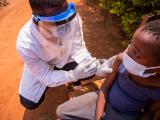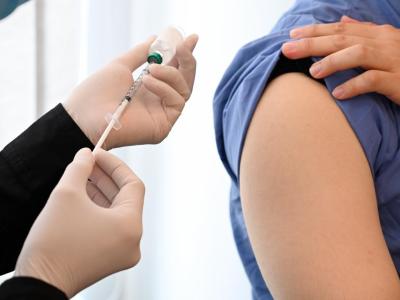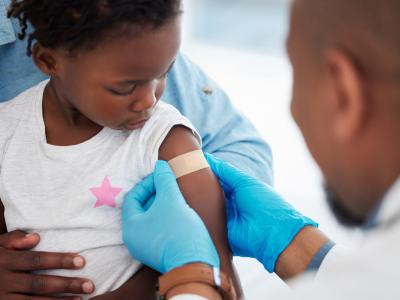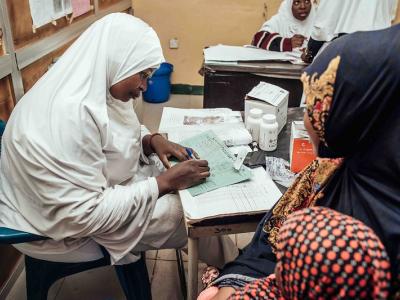The Centers for Disease Control and Prevention (CDC) today spelled out its plan for collecting and reporting COVID-19 data once the national public health emergency (PHE) expires on May 11, which will focus less on case rates and lean more heavily on hospital and death data.
At a media briefing yesterday, Nirav Shah, MD, JD, the CDC's principal deputy director, said, "We have the right data for this phase of COVID-19."
He said the new system going forward allows health officials to keep their eye on COVID in a more detailed way than for flu or respiratory syncytial virus (RSV), though the CDC is working toward improving data collection for those two diseases, as well.
Hospital, ED metrics as strong local indicators
CDC officials spelled out the data changes in two reports published in Morbidity and Mortality Weekly Report (MMWR) today. One report explains all of the data changes, and the other examines how well the new hospital-centered tracking indicator performed against the current COVID community level metric.
Shah said the hospital admission data provide a strong indicator at the local level and has 99% concordance with the COVID community-level tracking system and its familiar maps. The community tracking system has been used as a tool for guiding the public's personal decisions and recommendations such as masking and will be retired when the health emergency expires.
One of the biggest hospitalization data changes is that reporting of suspected cases won't be required anymore, given that testing is so plentiful. The CDC will still use its hospitalization surveillance network to collect clinical information to better understand the disease and any changes that occur with severity and symptoms.
Case data less reliable
Case data have become less reliable because of the rise of home testing and reporting step-downs by some jurisdictions, CDC officials said today. Also, "We can still tell it's snowing even without counting every snowflake," Shah said, adding that the data provide a full view in as timely a manner as possible. "Our data is fit for the purpose ahead."
Wastewater testing covers about 138 million to 140 million Americans, roughly 40% of the population, and provides a robust and timely signal, officials said.
Brendan Jackson, MD, MPH, who leads the CDC's COVOD-19 response, said the tracking leans heavily on hospital data, which will shift from daily to weekly. He said another early signal is emergency department visits with a positive COVID diagnosis.
Reporting on deaths will improve and be timelier when the CDC shifts to a system that relies on death certificates, rather than batch reporting, CDC officials said.
Impacts of ending the health emergency
Once the PHE ends, the CDC will no longer be authorized to collect certain information, such as negative test results, which it said was a useful indicator earlier in the pandemic but has become less reliable with greater use of home antigen testing. For COVID test positivity, tracking efforts will shift to the National Respiratory and Enteric Virus Surveillance System and its network of about 450 labs.
For vaccine data, states signed extensions past the PHE, but the CDC will conduct coverage surveys as it does for other vaccines. The CDC said its resigned COVID data tracker will launch on May 11, with surveillance sources and metrics updated weekly. Officials will still report data on health equity and topics covering high-risk groups.
Authors of the first MMWR report said about 1,000 COVID deaths a week were reported in early April and that monitoring the impact of the disease is still a public health priority. They pointed out that deaths are largely preventable with updated boosters and timely treatment.




















